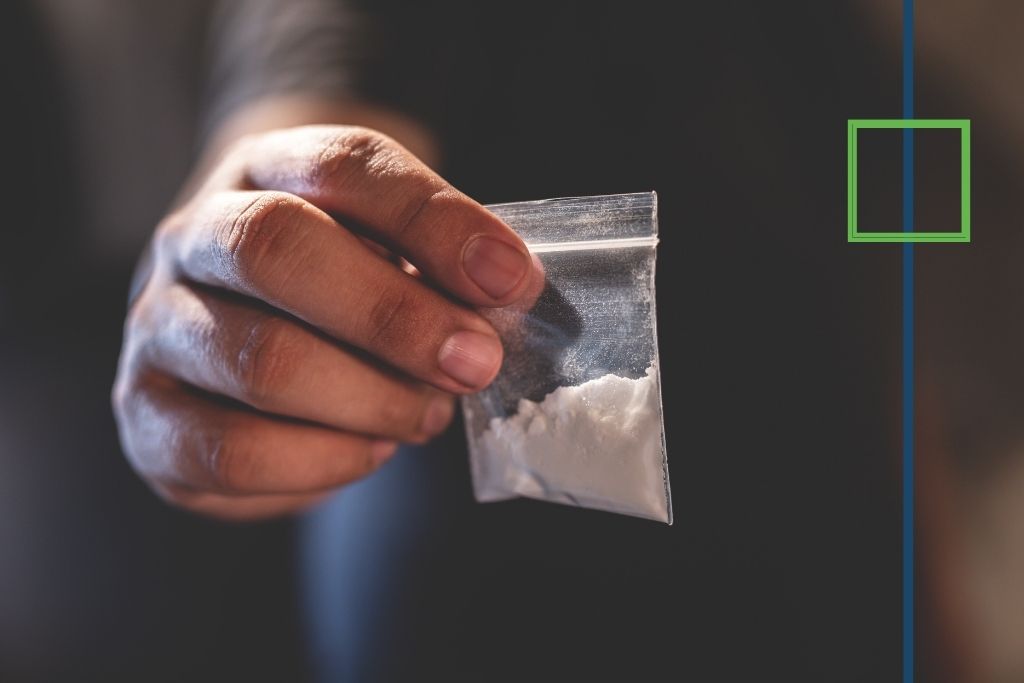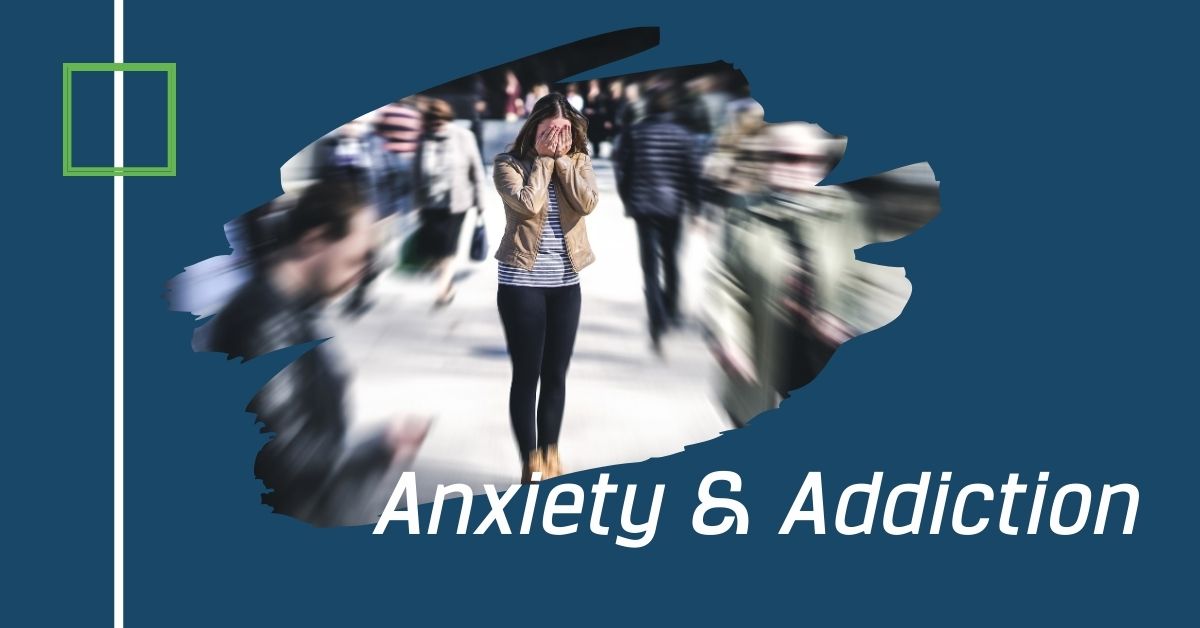Do you know that feeling when you eat a particularly scrumptious food or partake in a supremely thrilling activity? You smile and feel a unique combination of joy, happiness, focus, and energy. Think about when someone who works out regularly takes a fitness class and their heart rate rises. In the end, even though they just expended an extreme amount of energy, they still feel stimulated and focused. Have you ever thought, “why do I feel so energized after a work out when it seems like I should want a nap? Those who have also taken A.D.H.D. medications like Ritalin or Adderall may have experienced a similar feeling after their dose. The feeling is called a dopamine high. To some degree, a mild version of this phenomena can be naturally triggered by various experiences but a stronger sense of euphoria can be artificially triggered by a class of drugs called stimulants.
What is Dopamine?
Dopamine is a neurotransmitter that is released in the brain. When released it binds to receptors that control one’s energy and associated behaviors. These behaviors include sleep, anxiety, stress, and libido. Various activities and medications increase the production of dopamine and improve the likelihood of dopamine locating and binding with an appropriate receptor. When the neurotransmitter and receptor bind, it makes the individual feel more energized, alert, and focused. However, it also increases anxiety and stress, as well as makes getting proper sleep difficult. The balance of dopamine production and dopamine receptors can be offset by long term stimulant addiction. Maintaining a healthy balance is critical to mental stability and physical health.
Natural vs. Substance-Induced Dopamine High
As mentioned above, there are normal, health activities that trigger the release of dopamine. In fact, natural methods of increasing dopamine can be very beneficial. However, there are many substances that can trigger the release of dopamine. Some of these substances are legally prescribed by physicians and psychiatrists, but others are made and sold illicitly. Although natural methods of increasing dopamine can lead to behavioral addictions, such as eating disorders, drugs that affect dopamine levels are much more dangerous. The effects of something like cocaine or Adderall are much stronger and therefore carry many more risks.
Drugs that Effect Dopamine Production:
Prescription Drugs
- Marijuana
- Opioids (OxyContin, Percodan, Percocet, Vicodin, Dilaudid, & methadone)
- Stimulants (ie: Dexedrine, Adderall, Ritalin®, Concerta®)
Illicit Drugs
- Cocaine
- Marijuana
- MDMA
- Methamphetamine
- Opioids (ie: Heroin & Fentanyl)
Dangers of Abusing Dopamine Drugs
The drugs listed above are particularly dangerous because when taken, they trigger a production of dopamine that has the potential to be significantly greater than what would ever occur naturally. Although when prescription medication is taken as prescribed, it can be safe, it is critical to avoid abuse. This can work when carefully managed with a plan to wean off and eventually abstain from the use of the drug.
Typically, when using prescription medication to treat a psychological condition, it is done so in combination with individual therapy. When a prescription stimulant is abused, the risk of dependence and various side effects increases. Additionally, because it is nearly impossible to control the dosage of illicitly made drugs, they carry an even greater risk of the following side effects.
Physical Side Effects
- Increased Blood Pressure
- Increased Heart Rate
- Irregular Heartbeat
- Rapid Or Strained Breathing
- Reduced Blood Flow
- Increased Blood Sugar
- Opened-up Breathing Passages
- Heart Failure
- Seizures
Psychological Side Effects
- Psychosis
- Anger
- Anxiety
- Paranoia
Long-Term Risks of Frequent Dopamine Highs
When a user takes drugs frequently to get high and develops a tolerance, the likelihood of taking greater and great amounts of the substance to achieve the same effects goes up. The greater the dose, the greater the risk of serious side effects including heart failure and seizures. At any point, overdose and death could become possible.
For individuals who find themselves chasing a dopamine high and struggling with stimulant abuse, addiction treatment can save their life.





